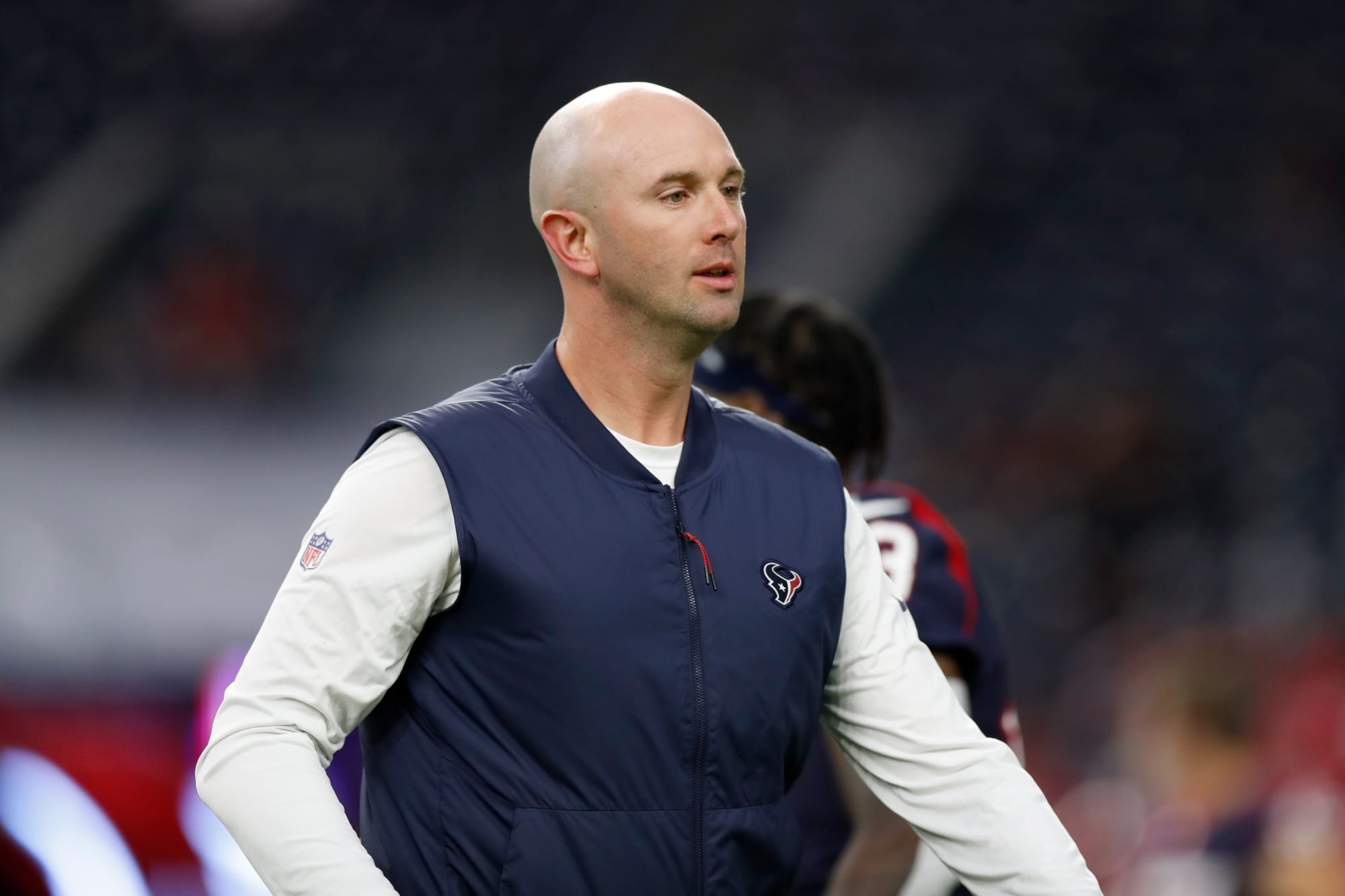Was New York Giants RB Eric Gray’s fumble actually a touchdown?
On the New York Giants’ first drive in last Sunday’s 29-20 victory over the Seattle Seahawks, running back Eric Gray fumbled near (or over) the goal line leading to a 102-yard fumble return for a touchdown the other way.
The 14-point swing didn’t prevent the Giants from winning the game but it didn’t help. When the play happened, no one except the player who picked up the ball — Seahawks safety Rayshawn Jenkins — and the end zone camera operator knew the ball was still live.
The officials did not blow the whistle, even though the runner was down and the ball was not visible to any of them. Jenkins picked up the loose ball and ran the other way as players are schooled to do if no whistle is blown.
The back judge also did not throw the blue bean bag at the spot of the recovery, which indicates they recognized a change of possession until Jenkins was nearly 30 yards downfield with the ball.
.@Seahawks @Jenkz_26 102 yd FR TD. Hear no whistle keep on skipping #BaldysBreakdowns pic.twitter.com/XMId5q2kLy
— Brian Baldinger (@BaldyNFL) October 7, 2024
Brian Baldinger reacts as if the ball is out but this angle seems to show the ball may have touched the goal line before being yanked out.
What is unclear is why the play was allowed to stand without more studious review. Every scoring play is reviewed, but my eyesight is pretty good. Looks to me that Gray may have had possession when the tip of the ball crossed the plane of the end zone.
But we’ll never know as CBS only showed one angle and then cut away to a commercial.
When they came back, CBS showed the same angle with former NFL official Gene Steratore telling us there was inclusive evidence to overturn the call on the field — which was a Seattle touchdown.
Here’s the rule:
In order for a touchdown to count, the scoring player must have possession of the ball, be in bounds and the ball must cross the plane of the goal line. . . any part of the ball that crosses the line while in possession is a touchdown.
Also, in order for a touchdown to count, it helps to have called it a touchdown on the field. Then, the replay officials could not do their due diligence because they did not have the right angles.
Granted, Gray is a fumbler, we’ll give you that. But in this case, he could have been exonerated by technology.
Gray also could have been bailed out if one of his other 10 teammates on the field realized he lost the football and either dove on it or prevented Jenkins from recovering it and/or advancing it.
Unfortunately for Gray, the officials on the field did not blow the whistle when they lost sight of the ball and the league was short on cameras.
Check out our Latest News and Follow us at Facebook
Original Source







